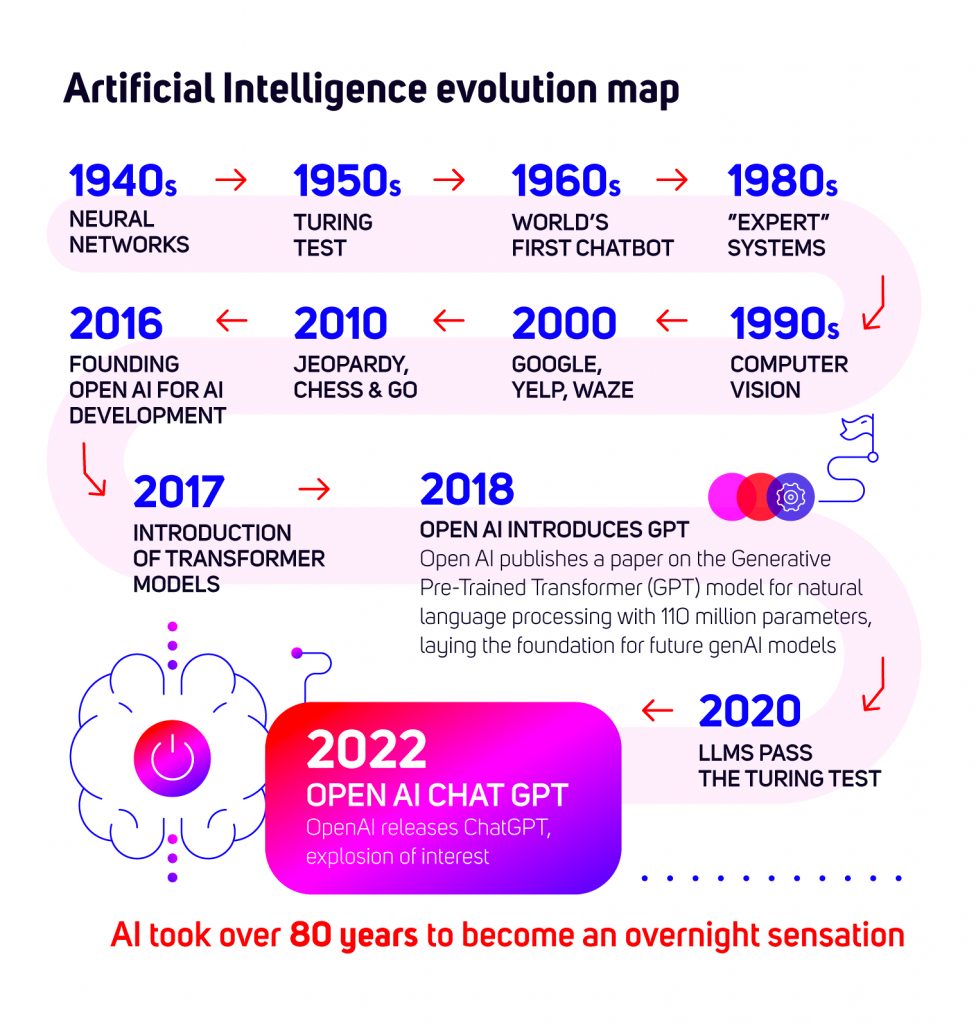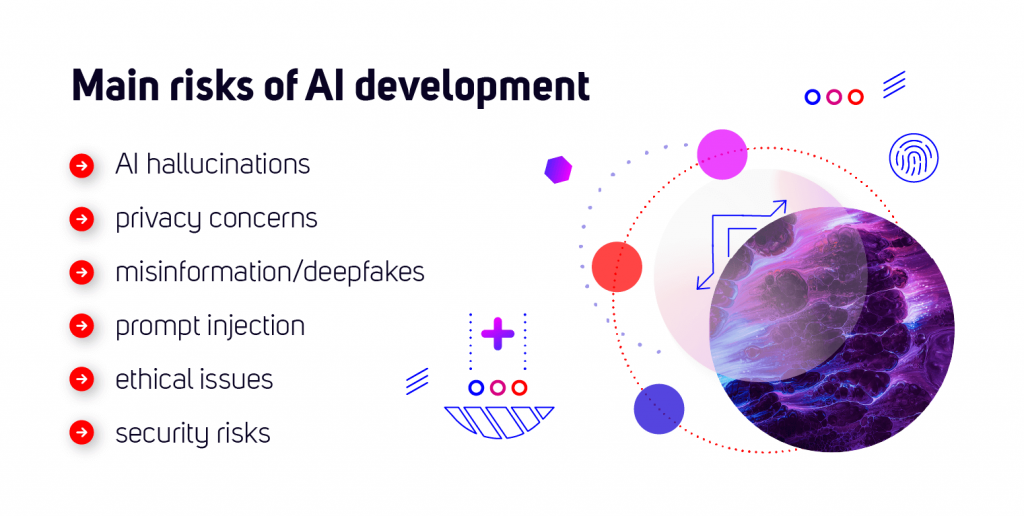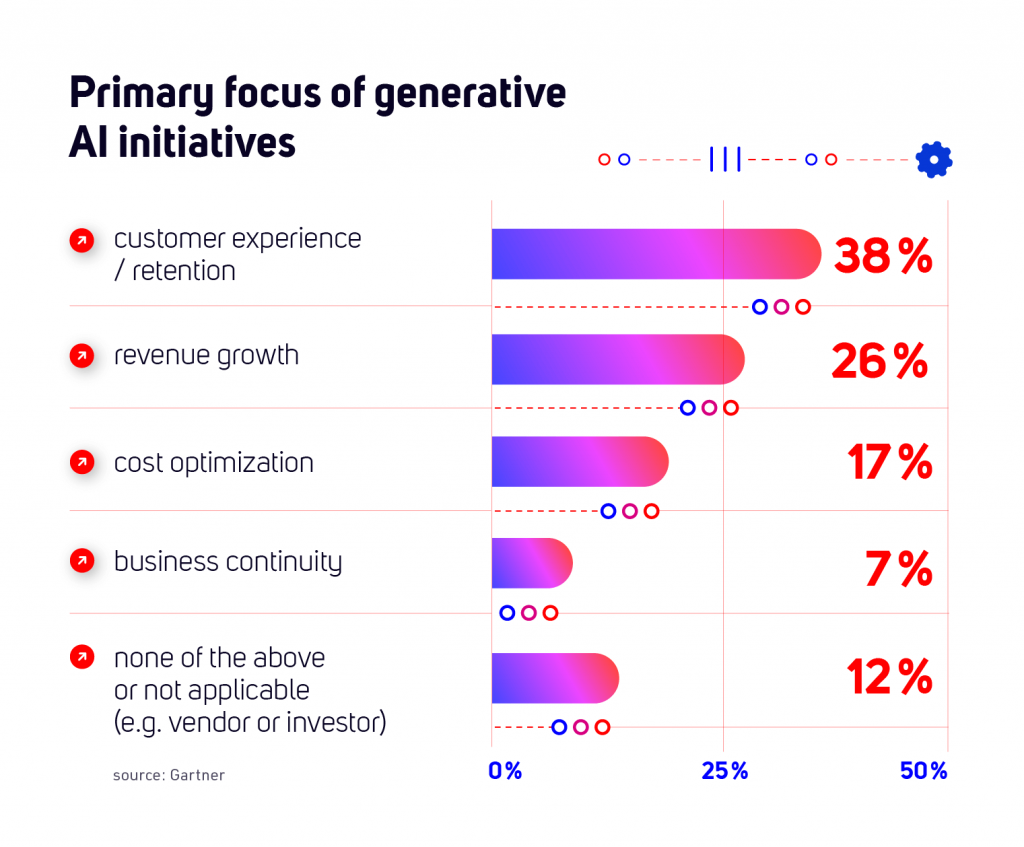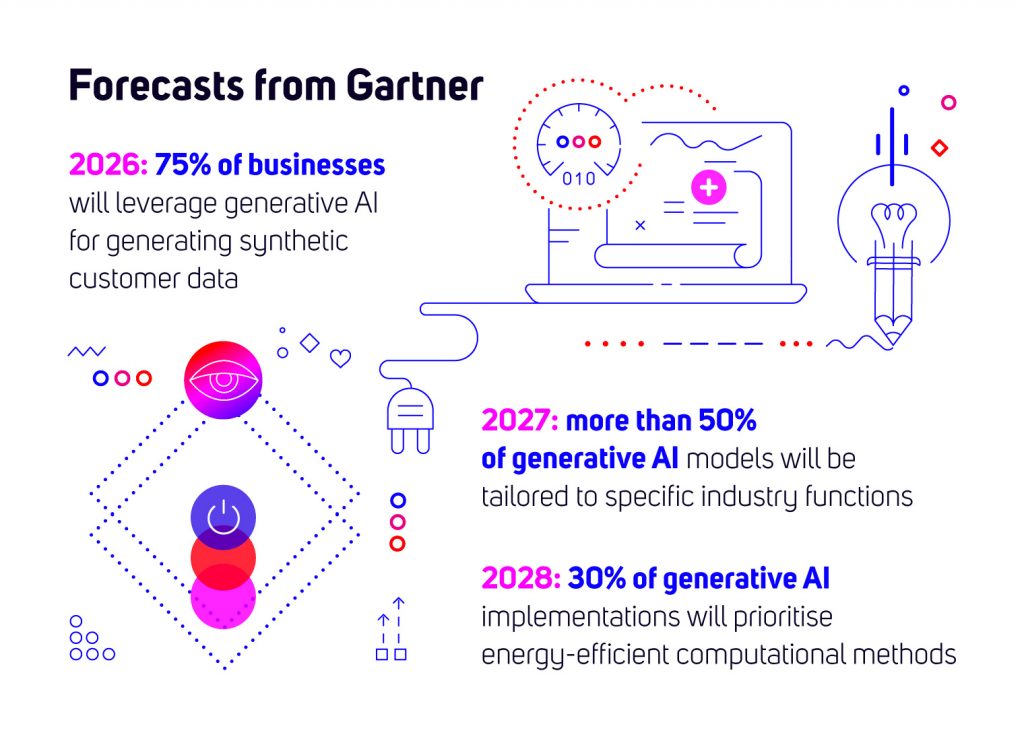The history of artificial intelligence
Artificial intelligence’s roots go back to the mid-20th century, when Alan Turing, who introduced the Turing Test, and John McCarthy, who coined the term, began exploring the concept of machines that could simulate human intelligence.
The field significantly advanced during the 1960s and 1970s with the development of expert systems, which used rule-based models to emulate the decision-making abilities of human experts. However, progress slowed in the 1980s due to limitations in computational power and the difficulty of capturing human knowledge in rules, leading to periods known as “AI winters” where funding and interest waned.
The 1990s and early 2000s marked a resurgence in AI, driven by increased computational power, advances in algorithms, and the availability of large datasets. Machine learning, a subfield of AI focused on developing systems that can learn from data, and techniques such as neural networks, which were inspired by the structure of the human brain, began to show promise.
In late 2022, the AI field became even more triumphant with the launch of OpenAI’s ChatGPT, a chatbot capable of engaging in human-like interactions. Its remarkable ability to generate coherent and contextually relevant text responses demonstrated the potential of generative AI. OpenAI also introduced DALL·E 2, a tool that generates images from textual descriptions, showcasing another facet of generative AI’s capabilities. 
Main similarities and differences between traditional AI and generative AI
Traditional AI and generative AI share a foundational base and similar ethical concerns but differ in scope and application. Traditional AI broadly enhances or automates tasks, while generative AI specialises in creating new content, each driving innovation in unique ways.
Let’s take a closer look at their characteristics, including their main similarities and differences.
Traditional AI
AI refers to developing computer systems capable of performing tasks that typically require human intelligence. These tasks include learning, reasoning, problem-solving, perception, language understanding, and decision-making. Traditional AI models are trained to perform specific, relatively narrow tasks, contrary to generative AI models, which can be used in many ways.
Traditional AI uses algorithms, machine learning, and data to mimic cognitive functions, enhancing or automating processes across various industries, such as healthcare, finance, and technology.
Generative AI
Generative AI represents a significant leap in the capabilities of artificial intelligence. Unlike traditional AI systems that perform tasks based on predefined rules or learned patterns, generative AI can create new, original content. This technology learns from existing data to generate artefacts that resemble the characteristics of the training data without replicating it.
It encompasses a variety of content creation, including images, videos, music, speech, text, software code, and product designs. This capability is enabled by AI foundation models, which are trained on vast amounts of unlabeled data and can be fine-tuned for specific tasks. Generative AI is mainly adapted to create content in response to natural language requests, eliminating the need for users to understand or input code.
Traditional AI vs. generative AI
Traditional AI encompasses various technologies designed for tasks requiring human intelligence, such as problem-solving, decision-making, and perception. In contrast, generative AI is a subset of AI focused on creating new content based on existing data, like text, images, music, and videos. Traditional AI is used in applications like recommendation systems, autonomous vehicles, fraud detection, and virtual assistants. Generative AI is employed for creative tasks such as content creation, product design, and simulations.
The techniques also differ: traditional AI uses various algorithms, including machine learning, deep learning, and reinforcement learning, while generative AI primarily relies on Generative Adversarial Networks (GANs), Variational Autoencoders (VAEs), and transformers (e.g., GPT-3). Consequently, traditional AI produces outputs like classifications, predictions, and optimizations, while generative AI generates novel content that mimics the training data.
Despite their differences, traditional AI and generative AI share several foundational principles. Both technologies learn from data, identify patterns, and make predictions based on this learning. They require high-quality, diverse data for effective performance and significant computational resources for training complex models.
The impact and applications of both types of AI are transformative, with the potential to revolutionise industries like healthcare, finance, and entertainment. Also, both fields face similar ethical challenges, including concerns about bias, transparency, and privacy, necessitating careful consideration and management to ensure responsible use.
The main risks of AI development
Developing and deploying both types of AI present significant risks alongside their transformative potential. Addressing these risks requires rigorous ethical standards, transparent methodologies, robust security measures, and continuous monitoring to ensure these technologies are used responsibly and beneficially.
Here are some of the most common biases in AI development. 
Generative AI hallucinations
AI hallucinations occur when these systems produce incorrect or nonsensical outputs that appear plausible. This phenomenon can lead to the dissemination of false information, as the AI confidently generates responses or content that lacks a basis in reality. Such hallucinations are particularly concerning in applications where accuracy is critical, such as medical diagnosis, legal advice, and news generation. Addressing this issue requires improving the robustness and reliability of AI models to ensure they provide trustworthy and verifiable information.
Privacy concerns – the AI Act
Many AI applications require collecting and analysing vast amounts of personal data. This can lead to significant privacy issues, as sensitive information might be exposed or misused. Generative AI, in particular, can generate content that mimics personal data, raising concerns about data security and privacy breaches.
The proposed AI Act in the European Union also aims to regulate AI systems to ensure they are used ethically and transparently. While intended to protect privacy and prevent misuse, the AI Act could impose stringent requirements that may stifle innovation and create compliance challenges for developers and companies, balancing regulatory oversight with technological advancement.
Misinformation and deepfakes
Generative AI can create highly realistic but fake content, such as deepfakes. These can be used to spread misinformation, manipulate public opinion, and cause significant harm by producing misleading videos, audio, or text that appear authentic.
Prompt injection
Prompt injection happens when malicious users manipulate input prompts to produce harmful or unintended outputs. This type of attack can lead to the generation of inappropriate, biassed, or misleading content, compromising the integrity and reliability of the AI. Addressing this risk requires robust input validation, monitoring, and secure prompt handling to ensure the AI systems respond safely and appropriately to user inputs.
Ethical and moral issues
AI systems can make decisions that have ethical and moral implications. For example, in autonomous vehicles, AI must make real-time decisions that can affect human lives. Generative AI also raises ethical questions about authorship and the authenticity of creative works.
Security risks
Finally, AI and generative AI systems can be really vulnerable to cyberattacks. Adversaries might exploit these systems to attack, manipulate outputs, or use AI-generated content for malicious purposes, such as phishing or generating harmful software code.
Practical use cases for traditional AI and generative AI
Here are a few practical examples of how various industries can use traditional AI and generative AI for their benefit.
Finance
AI-powered algorithms are used in financial institutions for fraud detection and analysing transaction patterns to identify fraudulent activities in real time. Generative AI can also be employed in financial forecasting to generate predictive models based on historical data, helping customers make informed decisions.
Marketing
AI is utilised in digital marketing for personalised recommendations and targeted advertising. AI algorithms analyse consumer behaviour and preferences to suggest products or services that are likely to appeal to individual customers. Generative AI can create personalised content, such as advertisements or social media posts, based on customer data and trends. It also improves search engine optimization (SEO) by generating optimised content and improving visibility.
Healthcare
AI is used for medical image analysis to assist radiologists in detecting anomalies like tumours or fractures more accurately and efficiently. Generative AI can generate synthetic data for training medical AI models when real data is limited, improving model performance without compromising patient privacy.
Retail
AI-powered chatbots provide customer support and assistance, handling inquiries, and guiding shoppers through their purchasing decisions. Generative AI can be used to create virtual try-on experiences for clothing and accessories, allowing customers to visualise how items will look before making a purchase.
Software development
AI aids developers by generating code snippets and auto-completing code blocks, speeding up software development cycles. Generative AI translates between programming languages, simplifying interactions and automating testing processes to ensure software reliability.
Entertainment
Generative AI is transforming the entertainment industry by creating music compositions, artwork, and even scripts for movies and video games. AI can analyse audience preferences and trends to generate content that resonates with viewers or listeners, enhancing the overall entertainment experience. 
TUATARA also develops AI solutions in the IT sector
Let’s look at our case studies that highlight how AI technologies, specifically Llama, IBM watsonx and GPT models, are employed to automate and optimise processes, enhancing operational efficiency and customer service capabilities.
Streamlining email management
An insurance company sought to streamline email management by automating the tagging and routing of incoming emails across 15 different teams. This initiative aimed to enhance efficiency through AI-driven analysis and sender intent recognition using watsonx.
The project analysed historical email data to train IBM watsonx on discerning sender intentions and email topics. Emails were verified against the ‘Request for Proposal’ team’s mailbox and cross-checked with a database of grey-listed senders. Automated responses were deployed for emails from the grey list. Also, emails were tagged based on predefined keywords provided by the company.
Integration with the internal Exchange EWS email system was achieved through API, ensuring tagged emails were routed to the appropriate teams according to the company’s guidelines.
The future of Generative AI
Generative AI is set to revolutionise various industries in profound ways over the next few years. This technology is advancing at an unprecedented rate. With support from tech giants and research institutions, it continues to fuel the emergence of companies specialising in this cutting-edge field. 
AI will automate tasks in industries like manufacturing and customer service, increasing efficiency and reducing costs. It will also drive hyper-personalization in marketing and healthcare, tailoring experiences to individual preferences.
In healthcare, it can be used to enhance diagnostics, personalised treatment plans, and aid in drug discovery, improving patient outcomes. AI-driven customised learning and adaptive tutoring systems will benefit education, transforming how students learn.
AI will also play a critical role in sustainability by optimising energy systems, agriculture, and urban planning, as well as complement human creativity in art and music. Collaboration among governments, industries, and researchers will, too, be essential to ensure AI’s integration into society.
TUATARA constantly monitors all the trends and predictions in the AI field to gain knowledge for its innovative technology and services. If you want to know more about our approach to generative AI, don’t hesitate to get in touch with us.






